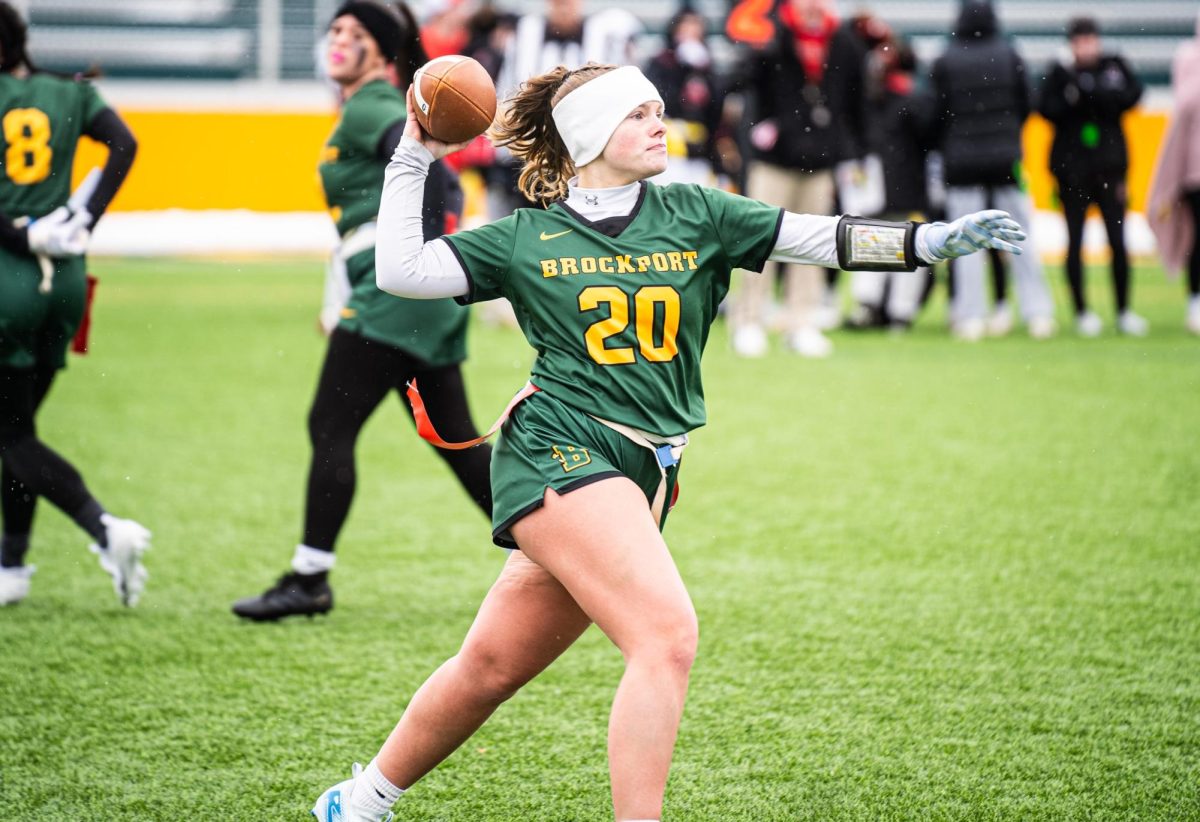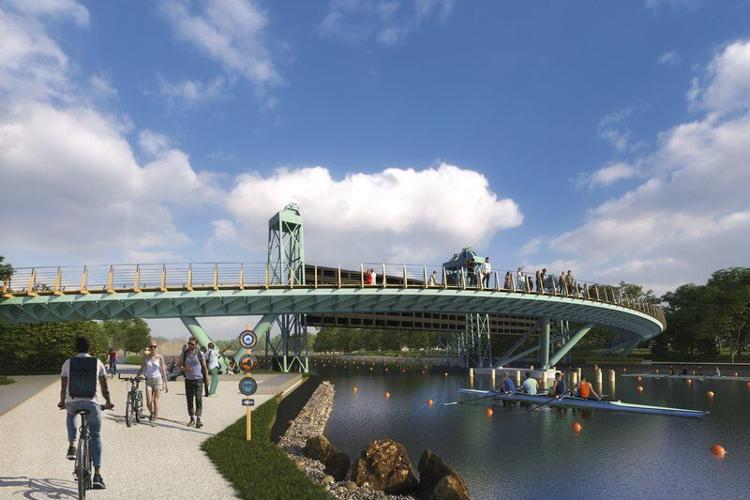By Robert Merrill / Staff Writer
Rochester, NY—In the heart of the city, one of Foodlink’s many programs, the Community Farm, is cultivating more than just crops—it’s growing seeds of change through equitable food access and educational programs that nourish the bodies, minds, and cultures of Rochester’s many communities.
While Rochester is surrounded by agriculture, many in the city live in a food desert where the loss of grocery stores limits access to fresh produce. While businesses like Rochester Microgreens have moved in to fill the void, they cannot grow everything needed by the various ethnic groups that call Rochester home.
Farm Manager Frank Keophetlasy understands how important the farm is to locals because he is one of them.
“I was born and raised in Northwest Rochester, where the farm is located. My family is from the Laotian refugees who came to America in 1980,” Keophetlasy said. “We settled in the Northwest and bounced around house to house. I was a former Monroe County Legislator representing this farm in this area, and that’s where I was introduced to the farm.”
Beyond providing food to those who need it, the farm has 70 growing beds for members of the community to use, allowing residents to grow the foods they need to call Rochester home.
“The farm has a tremendous impact just because we allow space for people who don’t have the typical opportunity to grow,” Keophetlasy said. “Whether it be the new American Nepali or Burmese Populations that started the farm, we’re branching out. We have farmers who live down the street around the block from here. So it’s an opportunity to bring some connection between people who were born here and people who weren’t.”
Rochester’s Nepali and Burmese immigrants, who often come from agricultural backgrounds, use the farm to grow plants needed for traditional dishes that cannot be found on the shelves at a Tops or Walmart. Farm Specialist John Miller works with the families to help them adapt to the growing conditions.
“So much of this is for communities that can’t get what they need to feel at home. You can’t get those specific foods at Wegmans or Aldi. We grow several Nepalese varieties. We have onions that are Nepalese variety of onions that are under the cold frame right now,” Miller said.
The Urban farm has a separate section for Foodlink’s own projects; it houses a vertical growing station for starting plants as well as beds that grow lettuce and other greens. It also has beehives, as pollinators are hard to find in the city and fruit trees that grow apples, pears, and peaches. This section of the farm produces over 3,000 lbs. of food per year, which is sent to Foodlink’s other projects such as the Foodbank, Community Cafe, and the Curbside Market.
Miller says the Curbside Market helps fill the gap left by the loss of large grocery stores and helps meet the need for particular foods.
“Curbside market, some of the things that they really like us to grow are that they have trouble getting other places. One is big green tomatoes,” Miller said. “So a lot of communities want to do the fried green tomatoes and like most grocery stores you can go get a red tomato but you can’t necessarily get a green one. I can sell all the collard greens I can grow. Another major one that we do a lot of squash. For the Curbside Market, people are looking for vegetables they would look for in a normal supermarket or farmer’s market. They want to have that brought closer,” Miller said.
The farm branches out in other ways, many of the foods sold at Curbside started their lives as seeds not in the ground at the farm but in a greenhouse in a Rochester City School District (RSCD) school. Keophetlasy says this program goes far beyond the classroom.
“We partner with different schools to help teach the kids how to grow already right now,” Keophetlasy said. “They have a program called the interact club, where they work with the Rochester Northwest Rotary to grow sunflowers with the guidance of Dr. Miller, who teaches them how to grow. They take those plants to the public market and they sell them and raise funds for charity. A lot of our programs target younger people just getting them started early so they can do that as they get older.”
Volunteer Rick Magere says this expansiveness drew him to Foodlink.
“The best thing about Foodlink is all their programs kind of interact and support, one supports the other. It could be squash; it could be garlic, other fresh vegetables; this fresh produce goes to the trucks that then take it into various areas of the city and places where they don’t necessarily have fresh fruit and vegetables available,” Magere said.
Magere says the people who work with Foodlink are what allows it be so effective.
“Foodlink as an organization is top notch in my estimation. The volunteers that I’ve interacted with don’t come to just stand around and chat. They roll up their sleeves and they get to work. The ability to support the organization and meet and work with the volunteers is just terrific,” Magere said.
For Keophetlasy Foodlink feeds a lot more than people; it feeds communities.
“I think the re’s a big community aspect here. Bringing together different teams that wouldn’t typically have a space to really come together wouldn’t care to come together. When it comes to the farm, I think the relationships that are built here are one of a kind,” said Keophetlasy.
With the urban Community Farm continuing to grow in size and programs, it will continue to nourish the people and communities of Rochester for many more seasons.































